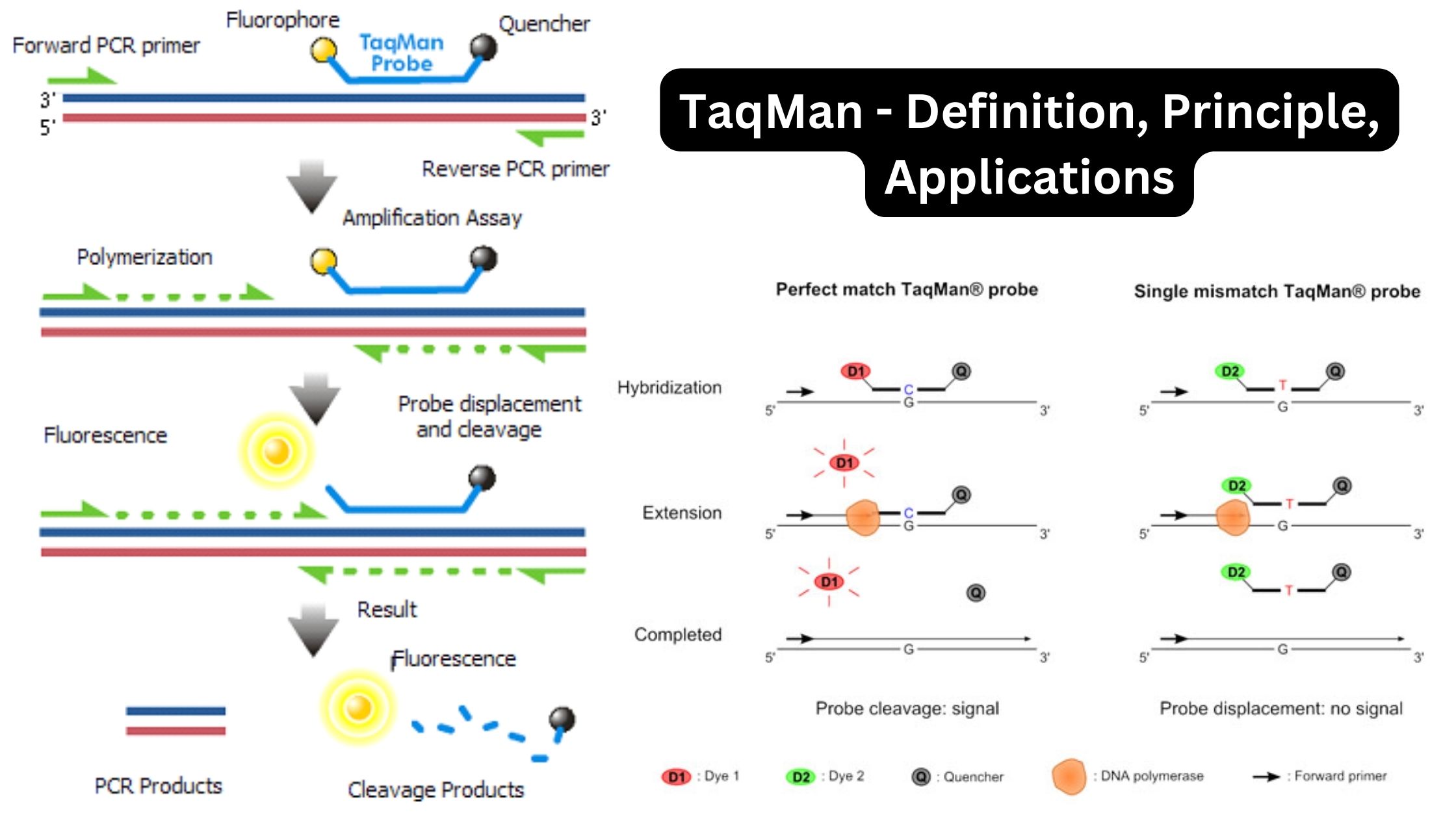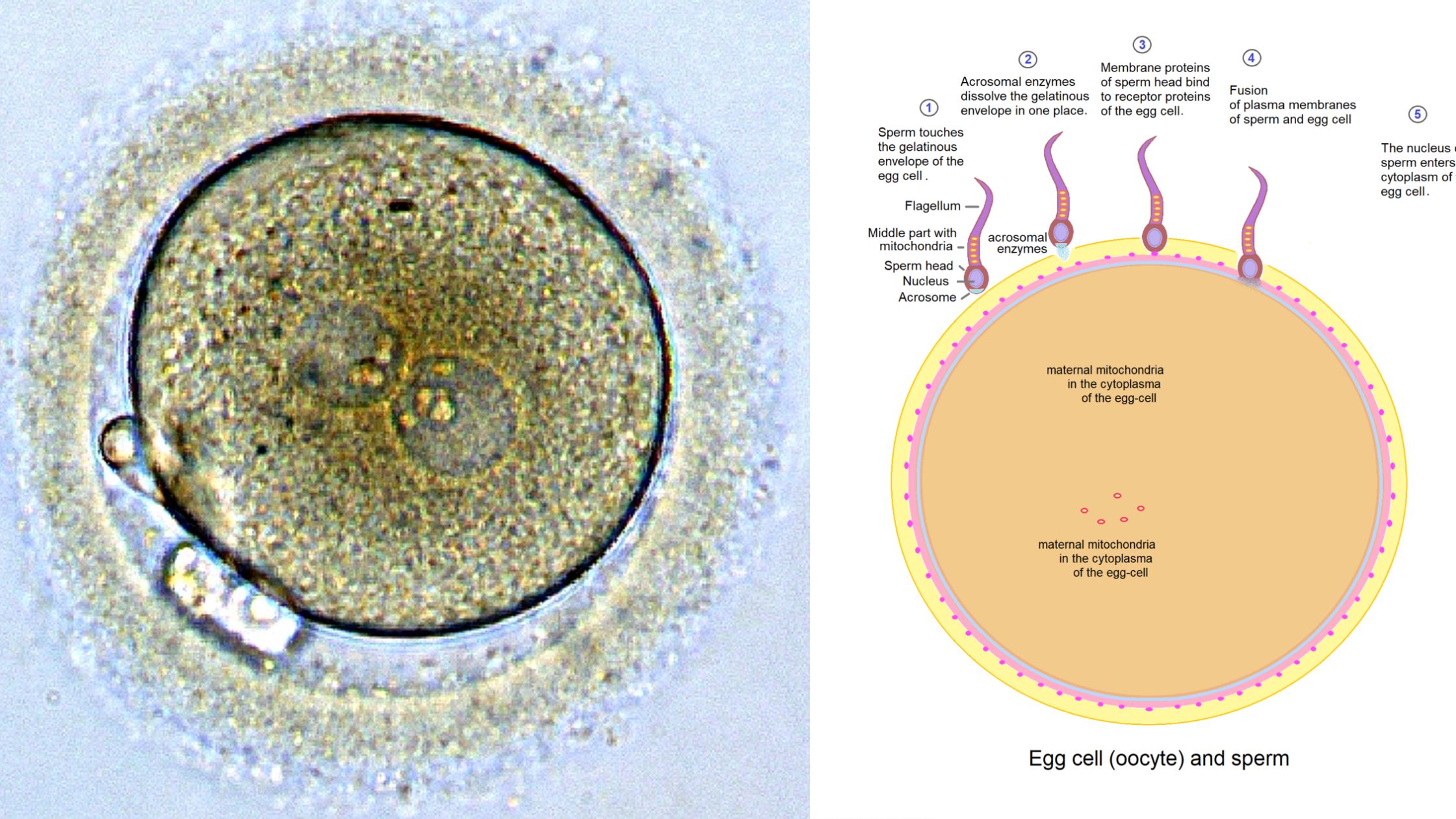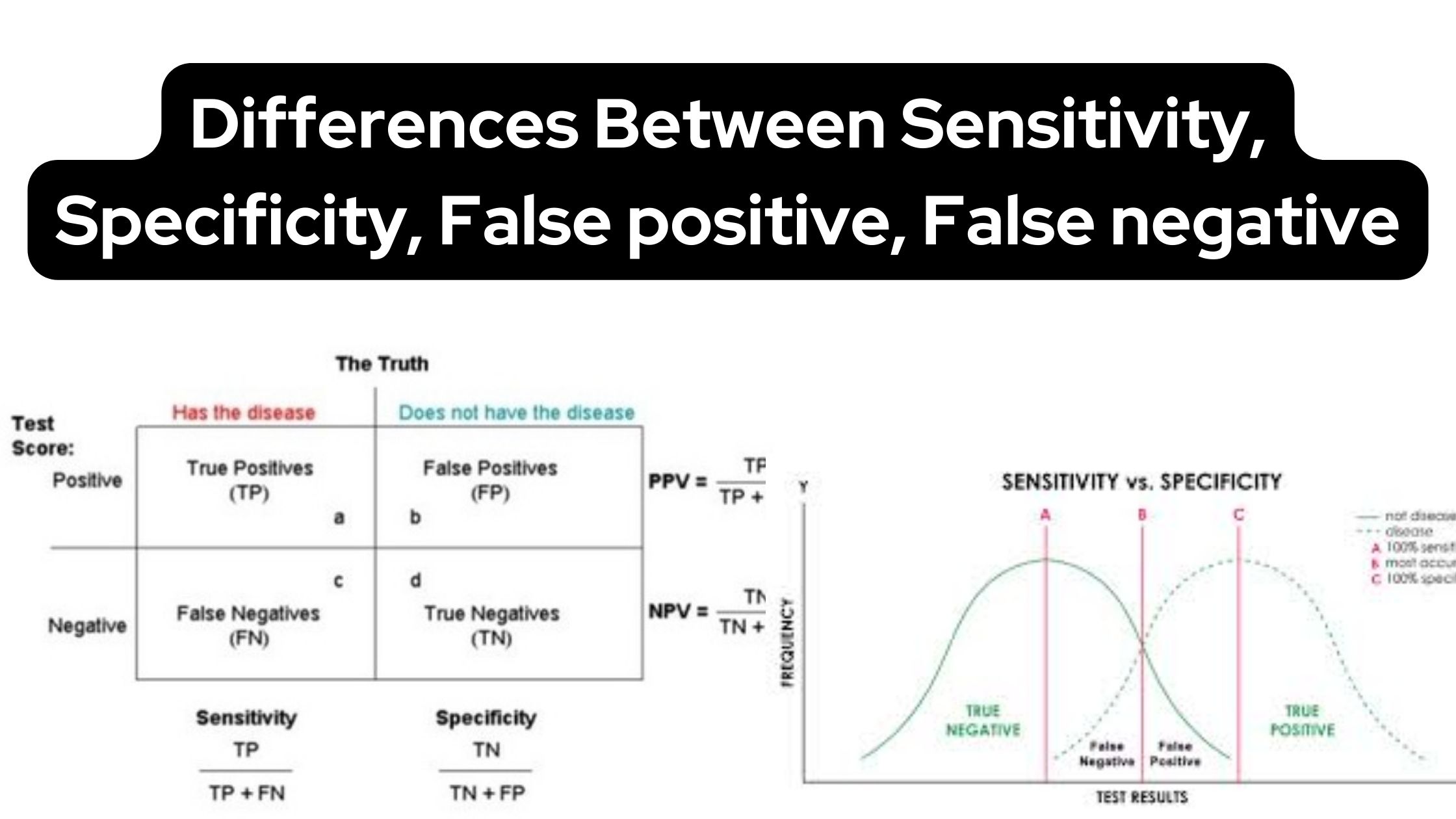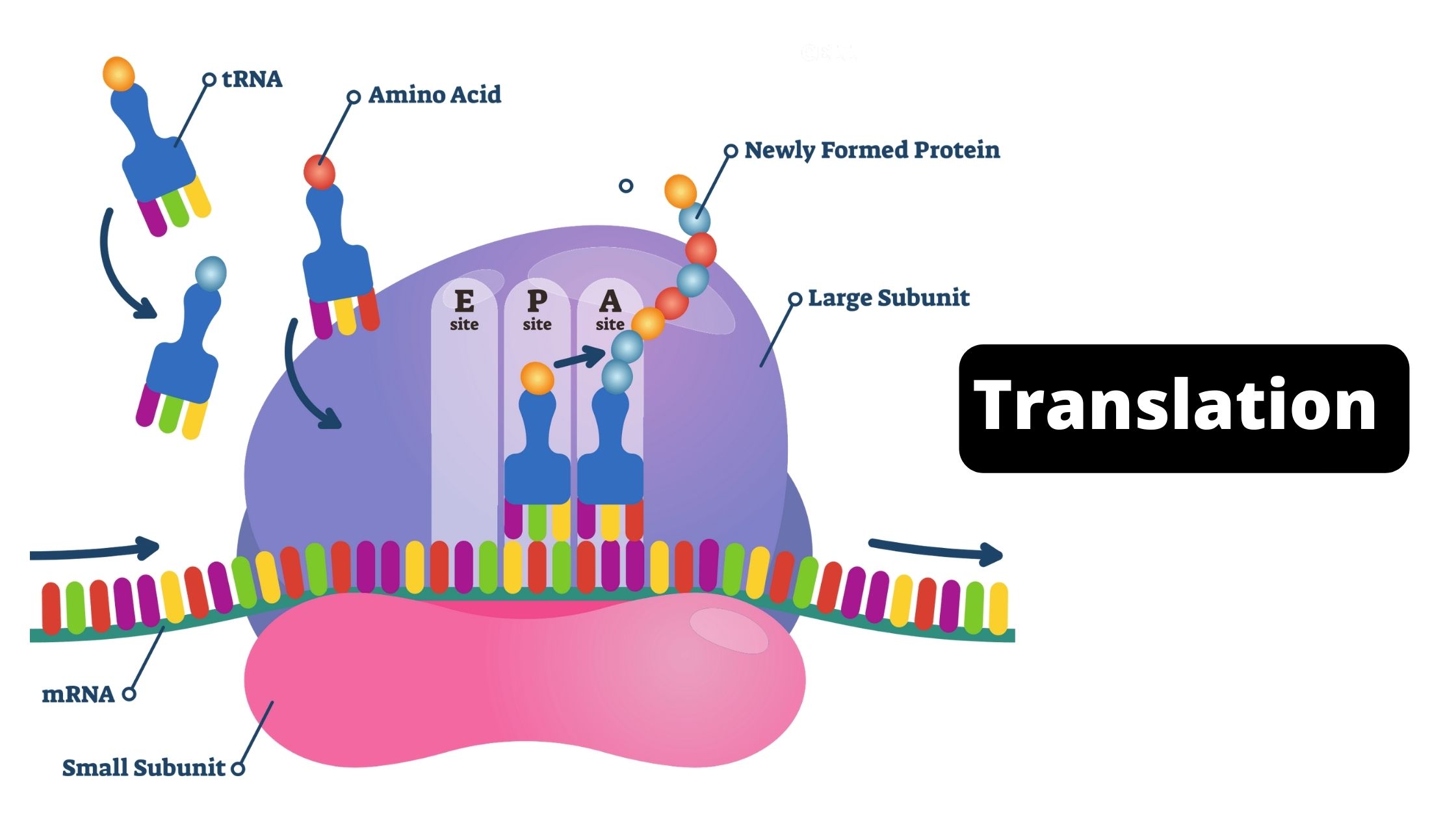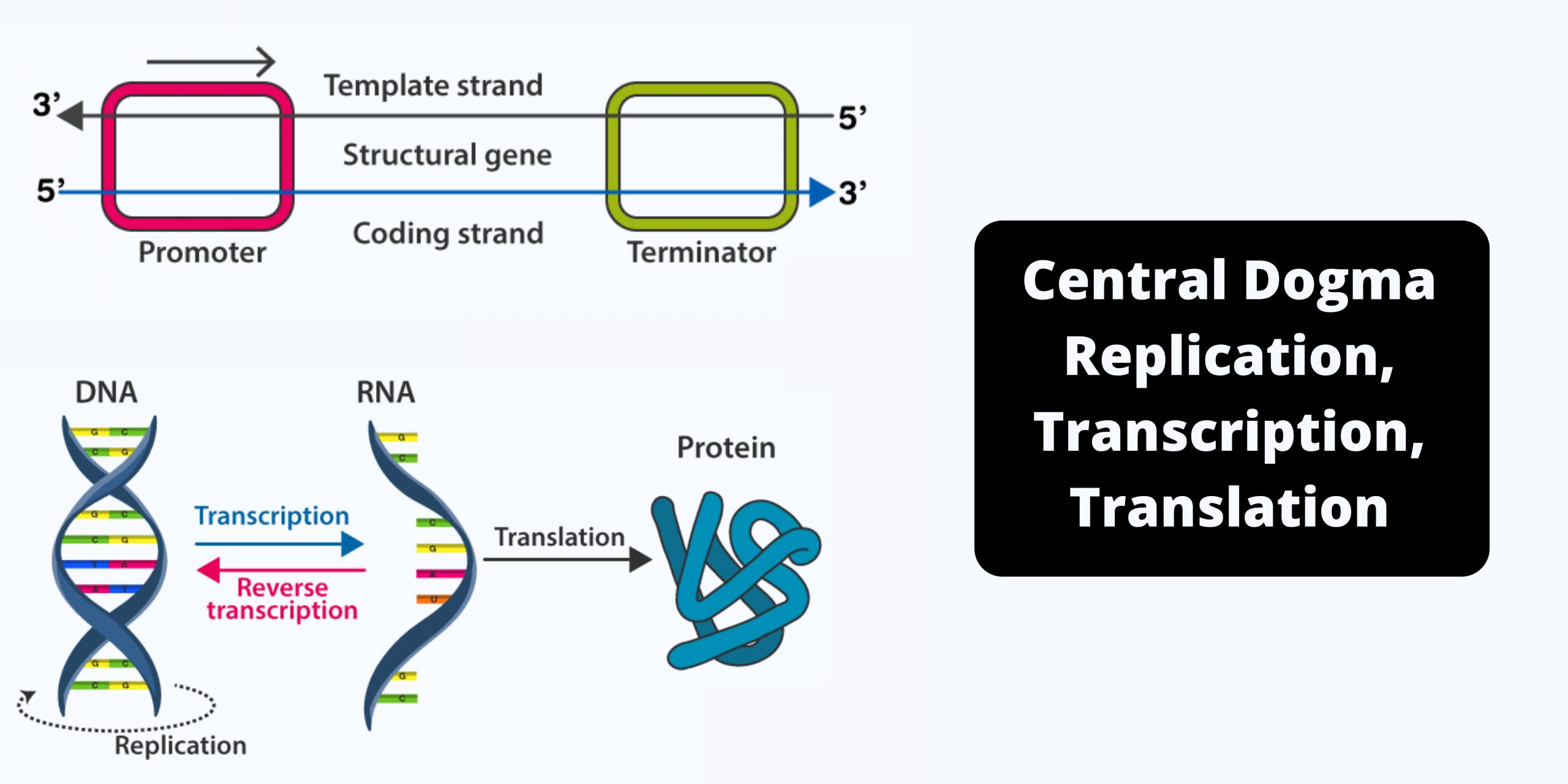TaqMan Probe – Definition, Principle, Applications
What is TaqMan Probe? Definition of TaqMan TaqMan probes are hydrolysis probes used in quantitative PCR (qPCR) to increase specificity by utilizing the 5´–3´ exonuclease activity of Taq polymerase to cleave a dual-labeled probe during hybridization, resulting in a fluorescence signal that allows for precise quantification of the target DNA. Principle of TaqMan TaqMan technology … Read more
